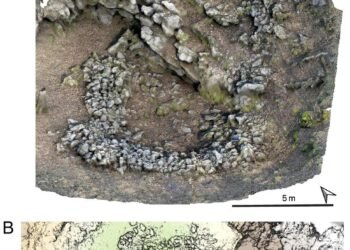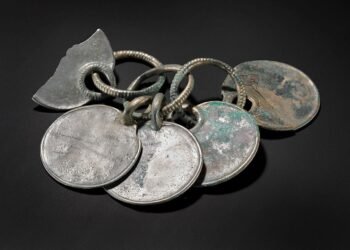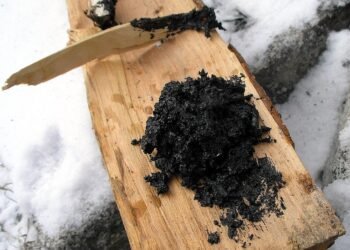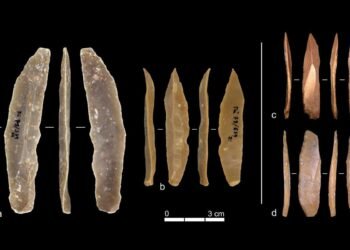In a picturesque countryside near Kutná Hora, Czech Republic, a woman’s casual stroll through a field unearthed a cache of over 2,000 medieval coins.
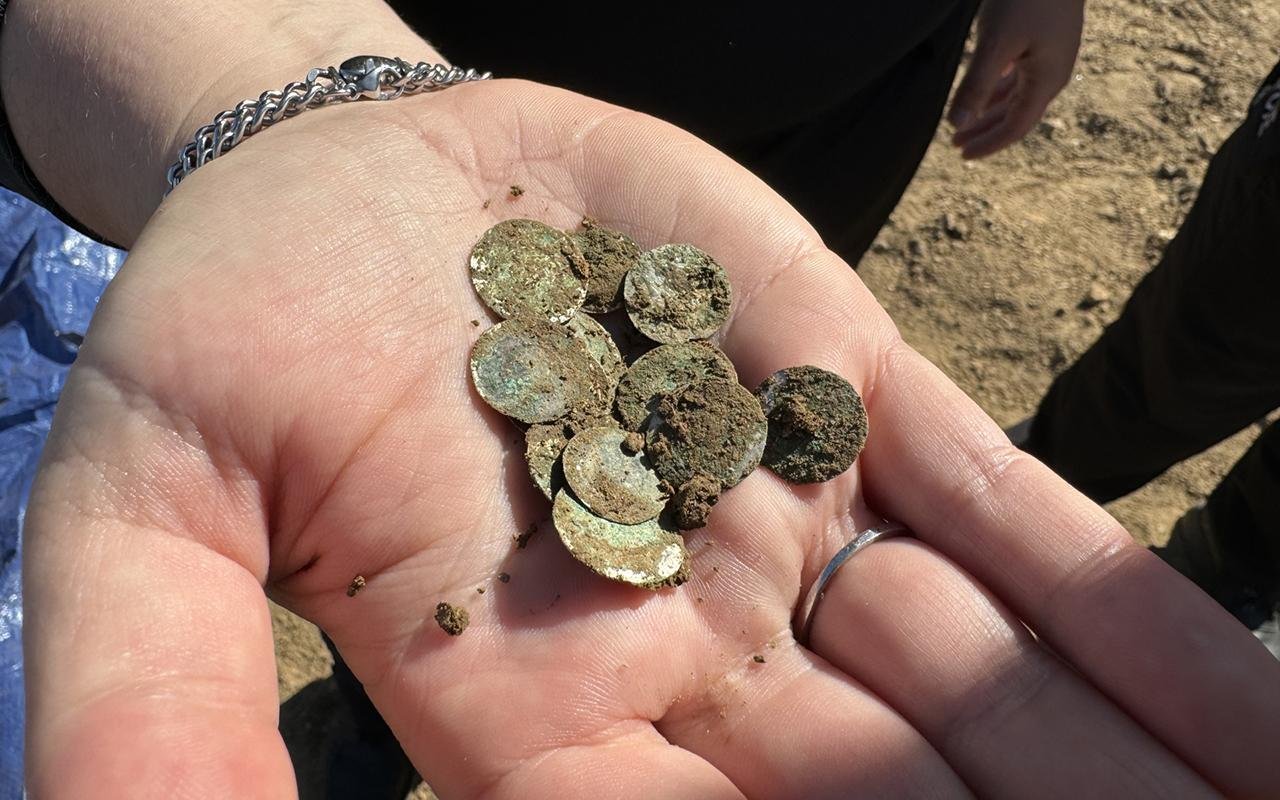
Recognizing the potential historical importance of her find, she promptly alerted local authorities. A team of experts from the Institute of Archaeology of the Academy of Sciences of the Czech Republic descended upon the site, armed with metal detectors and a keen eye for detail. What they uncovered surpassed all expectations: more than 2,150 silver coins, carefully minted and preserved over nine centuries.
Dating back to between 1085 and 1107, these silver deniers provide valuable information about the monetary system and political landscape of medieval Europe. The denier, a coin with origins in the late 7th century Frankish coinage, marked the transition from gold to silver currency across the continent.
The coins were likely minted under the reigns of Bohemian rulers such as King Vratislav II, and princes Břetislav II and Bořivoje II, and probably originated from the Prague mint using imported silver.
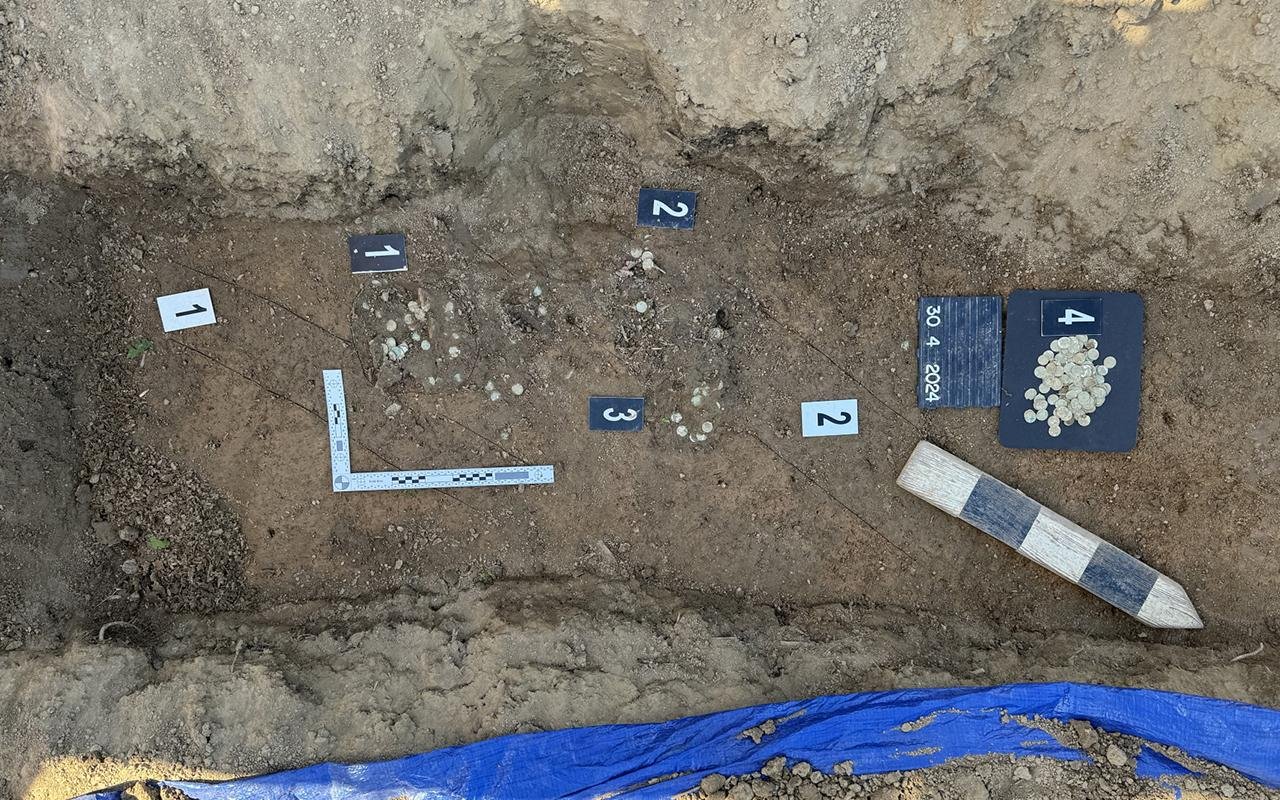
Lenka Mazačová, director of the Czech Silver Museum in Kutná Hora, highlighted the significance of these coins. She said: “The coins were most likely minted in the Prague mint from silver imported into Bohemia at that time.”
Filip Velímský, an archaeologist with the Institute of Archaeology, described the context in which the hoard was likely buried—a period of regional instability marked by conflicts within the Přemyslid dynasty over control of the Prague princely throne. This instability may have prompted someone to hide their riches, possibly as war booty or payment for mercenaries.
The coins, originally stored in a ceramic vessel, were found scattered across the field, possibly due to subsequent agricultural activities.
The discovery, considered one of the largest of the past decade in the region, is currently undergoing meticulous examination and documentation. Experts aim to display the hoard to the public by the summer of 2025. Lenka Mazačová outlined the tasks ahead, which include cleaning, restoration, and cataloging of the coins for public exhibition.
Institute of Archaeology of the Academy of Sciences of the Czech Republic



